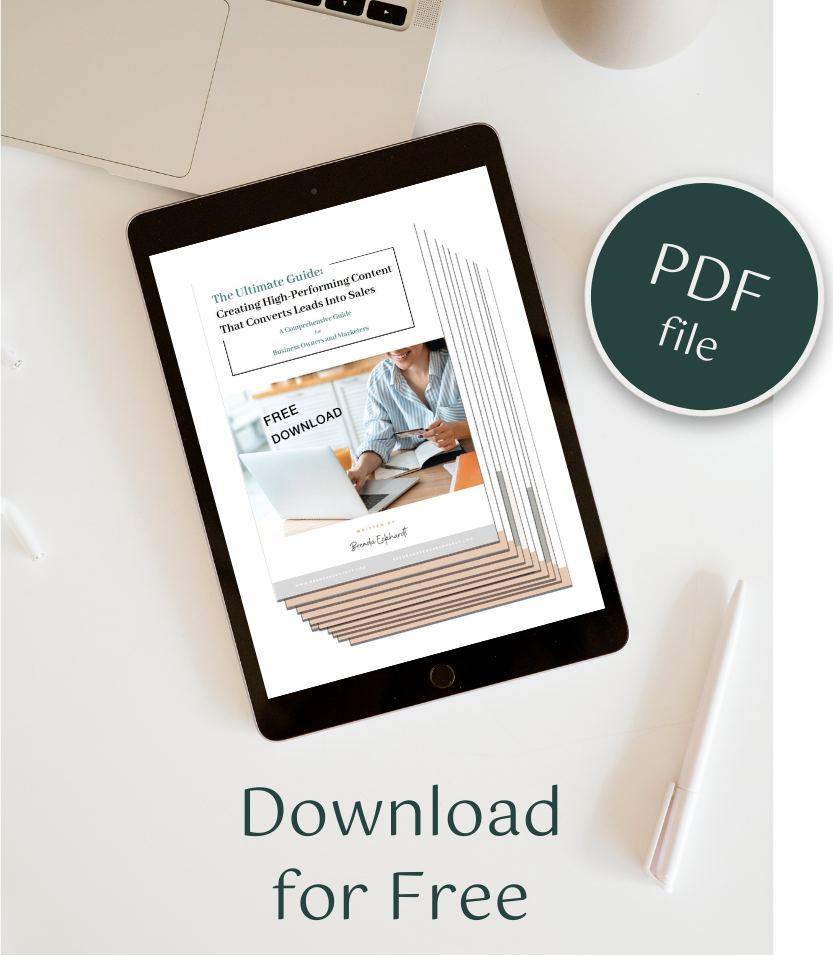
Ever feel like you’re posting the same content on every social media platform and hoping for the best?
I get it—it seems efficient. But here’s the truth: every platform has its own “culture” and expectations. And when you tailor your content accordingly? That’s when real engagement happens.
So today, we’re breaking it all down. How do you use each platform effectively—without feeling overwhelmed? Let’s go.
Why Platform-Specific Content Matters
Think about it—when you open TikTok, you’re in “entertain me” mode. When you check LinkedIn, you’re in “professional” mode.
Your audience does the same thing. That’s why a post that works on Instagram might flop on Facebook.
📌 The key: Instead of treating all platforms the same, think about how people use them—and adjust your content accordingly.
Breaking Down the Platforms (What Works Where?)
Each social platform has a distinct vibe. Here’s how to use that to your advantage.
1. Facebook = The Community Bulletin Board 📌
💡 Think of it as: The hometown hub for announcements & casual updates.
✅ Best content types:
- Business updates (“New candles in stock!”)
- Relatable, down-to-earth posts
- Marketplace promotions (if applicable)
❌ Don’t overdo it on polished content. Facebook users appreciate authenticity over perfection.
2. Instagram = The Cool Art District 🎨
💡 Think of it as: A mix of aesthetics & storytelling.
✅ Best content types:
- High-quality photos & well-curated posts
- Educational carousels & reels (“5 quick tips for [your niche]”)
- Behind-the-scenes Stories (keep them raw & real)
❌ Don’t just post announcements. Instagram thrives on visual storytelling.
3. TikTok = Coffee with a Friend ☕
💡 Think of it as: A casual, one-on-one chat.
✅ Best content types:
- Personal stories & engaging storytelling
- Relatable, funny, or emotional content
- Quick, engaging tips (but not overly polished!)
❌ Don’t be overly professional. TikTok rewards authenticity and personality.
4. YouTube = The Library of “How-To” Content 📚
💡 Think of it as: The place for deep dives and tutorials.
✅ Best content types:
- In-depth “How-To” videos (“How to improve [X] in 10 minutes”)
- Thought leadership & expert insights
- YouTube Shorts for quick, engaging takeaways
❌ Don’t hold back on value. People want solutions—give them real, helpful content.
5. Pinterest = The High-End Shopping Mall 🛍️
💡 Think of it as: A place for inspiration & discovery.
✅ Best content types:
- Beautifully designed infographics & guides
- Step-by-step tutorials
- High-quality product photography
❌ Don’t ignore searchability. Pinterest boosts your visibility on Google, making it a goldmine for organic reach.
6. Google Business = The Professional Office Space 🏢
💡 Think of it as: Your credibility check.
✅ Best content types:
- Customer reviews & testimonials
- Fresh photos (update monthly)
- Business updates (new hours, special offers, etc.)
❌ Don’t ignore it. Google Business helps validate your business when people search for you.
7. LinkedIn = The Business Networking Event 💼
💡 Think of it as: The place to build authority & connect with professionals.
✅ Best content types:
- Industry insights & thought leadership
- Professional success stories
- Networking & collaboration opportunities
❌ Don’t treat it like Facebook. Keep it polished, insightful, and valuable.
How to Manage It All (Without Losing Your Mind)
So, do you need to be on all of these platforms? Nope.
📌 Here’s the smart way to do it:
✅ Pick TWO main platforms where your audience is most active. (Post 2x per week here!)
✅ Maintain other platforms lightly (Post once a month or quarterly just to stay active.)
✅ Batch your content. Instead of scrambling daily, schedule posts in advance.
💡 Example Strategy:
- Main platforms: Instagram & TikTok (Post 2x per week)
- Maintenance platforms: YouTube, Google Business & Pinterest (Post 1x per month)
- LinkedIn/Facebook: Post updates quarterly for professional visibility.
This way, you stay visible—without burning out.
Final Takeaway: Work With the Platforms, Not Against Them
The biggest mistake I see? Posting the same thing everywhere and wondering why engagement is low.
Instead, adapt your content to fit the platform’s vibe:
✔️ Facebook → Casual updates
✔️ Instagram → Beautiful, curated visuals
✔️ TikTok → Raw, engaging storytelling
✔️ YouTube → In-depth tutorials & long-form content
✔️ Pinterest → High-quality, searchable content
✔️ Google Business → Credibility & validation
✔️ LinkedIn → Professional insights & networking
💡 Your next step? Pick one platform you want to improve—then tweak your content to match its unique style.
And if you need help creating a content strategy that actually works—let’s chat! I’d love to help you simplify your visibility strategy so you can grow without the overwhelm. 🚀







